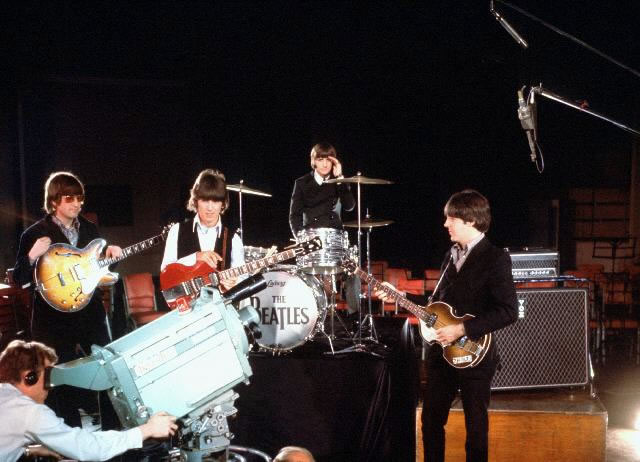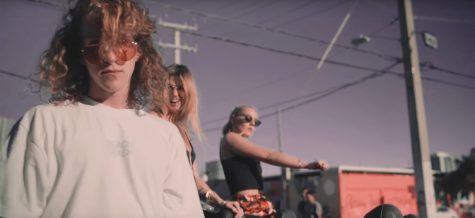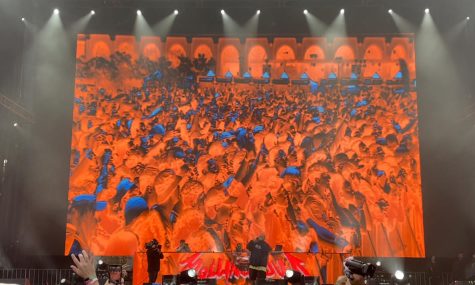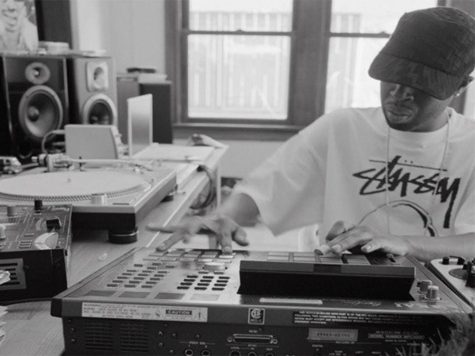Another Kind of Currency: Why The Beatles in Mono Box Set is Something You Should Own
September 22, 2015

Courtesy of DM’s Beatles
Honestly, it’s difficult not to appreciate the Beatles for their contribution to contemporary music. From making it standard—even expected—for bands to sing self-composed songs, to, at least, being partly responsible for shifting the music industry from a singles-based market to an album-based market, their presence is felt. And while we all have our favorite Beatles periods (mine tends to hover between the years of 1965 and 1967), it was personally difficult for me to listen to them unless I owned the mono vinyl pressings. That all changed when I received the coveted “The Beatles in Mono” CD boxset for Christmas quite a few years ago which stays in my rotation to this day (I’m still lusting after the recently released vinyl pressing of the boxset, but I’m a broke college student so…)
But, you may ask, why mono? Isn’t having the same thing in both ears boring? Well, you have to remember the era in which these recordings were made. The Beatles’ target market—teenagers—wouldn’t have had the most expensive turntables or radios. The speakers would generally sound tinny, and AM Radio didn’t help that matter. The Beatles would often only sit in on the mastering of the mono mixes and would leave the stereo mixes to a studio worker. And even then, stereo was still a brand new technology and nobody really knew how to appropriately harness it. That’s why stereo mixes of the early Beatles albums, in particular, sound absolutely awful. Things are overly separated and sound unnatural. They also lack the punch of the mono recordings. And, for those obsessed with “Authenticity,” the mono mixes were what were played over and over again on 45s in teenage girl’s bedrooms and on Top 40 pop radio. As I sit here typing this, with the mono mix of “Paperback Writer” blaring through my Sennheiser over-ear cans, I’m just in awe of the punchiness of the bass line and the crunchiness of the lead guitar lines. It, as a single, coupled with Lennon’s misanthropic “Rain,” marked a change in what the Beatles were going to do. They were done singing about teenage romance and were no longer bound by the conventions of the two-minute single. I will say that you haven’t lived until you’ve heard these two songs’ mono mixes back-to-back.
And, even as studio engineers learn how to properly master for stereo in the mid-late 60s, Beatles’ records up to and including the infamous self-titled The Beatles (aka the White Album) had entirely different mono and stereo mixes. Probably the most famous example of differences is on “Lucy in the Sky with Diamonds” from the phenomenal Sgt. Pepper’s Lonely Hearts Club Band. It has additional effects—including flanging on John and Paul’s vocals—that take the already psychedelic tone of the more well-known stereo mix to new heights. It’s truly an experience. And I don’t even do drugs. Other tracks are also disctintly different in mono as well. “She’s Leaving Home” is pitched higher in mono, and the strings seem punchier and more present on the original mix. “Being for the Benefit of Mr. Kite!” is similar to “Lucy in the Sky…” in that it has added psychedelic effects. On one, of my personal favorites off the album, “Good Morning, Good Morning,” both the lead guitar and horn sections seem more flanged and, generally, more well-produced.
And this isn’t even mentioning how The Beatles in Mono boxset is one of the best-packaged boxsets I have ever seen. Each CD is essentially a miniature replica of the Parlophone (or in the case of Magical Mystery Tour, Capitol) first pressings of the LP, even down to the cut-outs provided in Sgt. Pepper and the booklet stapled into the Magical Mystery Tour jacket. Each CD has its own plastic protective outer sleeve. It’s a beautiful package that proudly sits on my shelf, making other CDs jealous. As it should.
(Just a little note, though. The last two Beatles records, Abbey Road and Let it Be, were only ever released in stereo, and as a result, are not part of this boxset. But you could just get the stereo mixes—by 1969 all production was in stereo anyway at it sounds fine.)













